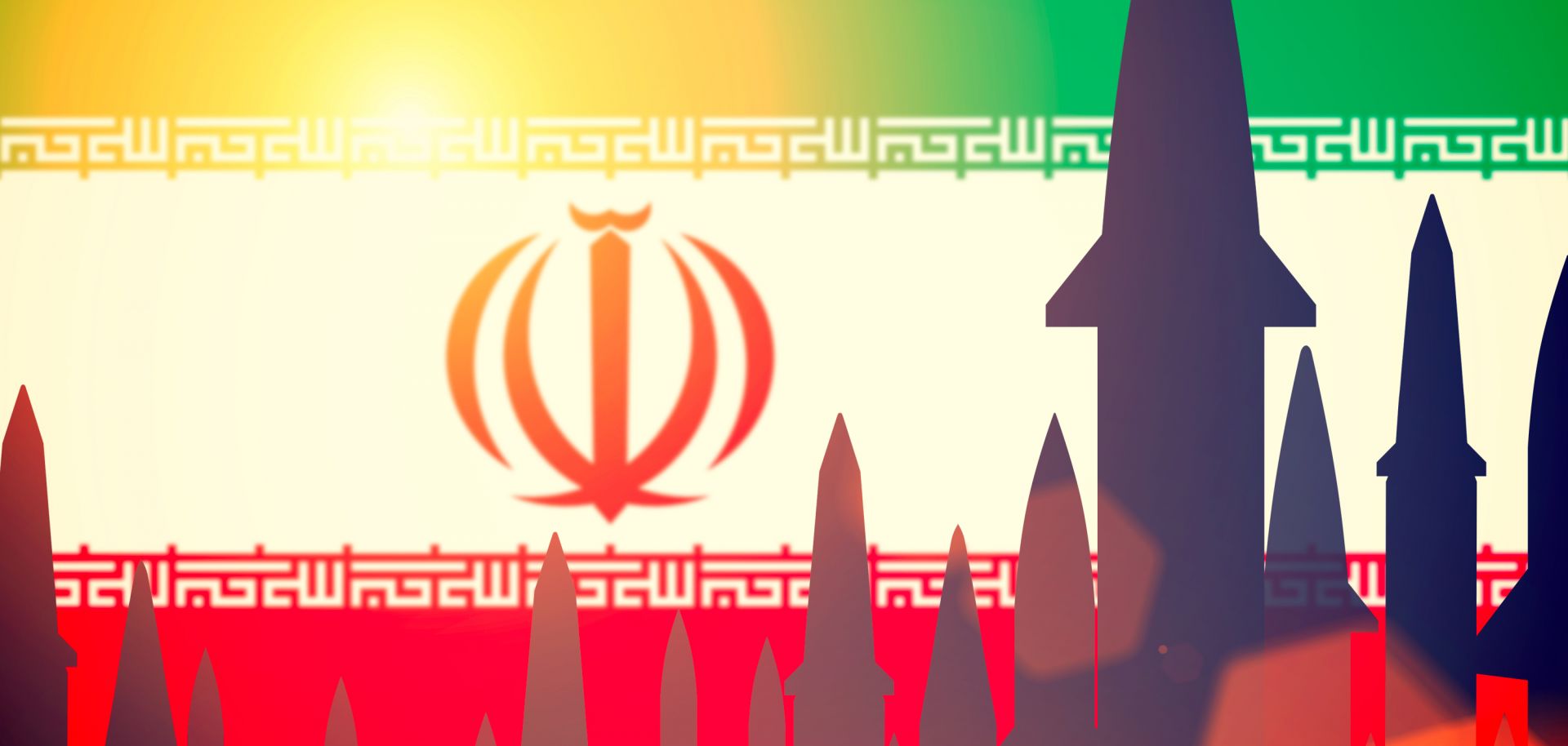Iran's expanding missile and drone program, along with its increased weapon transfers to Russia, are hardening the U.S. position in nuclear negotiations to the point where restoring the 2015 nuclear deal (or reaching any successor agreement) may become politically infeasible -- raising the risk of an Iran-U.S. nuclear crisis and potential military confrontation. In recent weeks, Iran has made announcements highlighting the acceleration of its nuclear and missile programs, both of which concern Western governments and show that the United States' strategy of separating Iran's nuclear program from the rest of its national security agenda is becoming increasingly untenable. On Nov. 10, the head of the Islamic Revolutionary Guard Corps' aerospace unit said Iran had successfully developed hypersonic missiles -- which theoretically could carry a nuclear warhead -- and claimed the missile would be able to ''breach all the systems of anti-missile defense.'' On Nov. 22, the International Atomic Energy...

